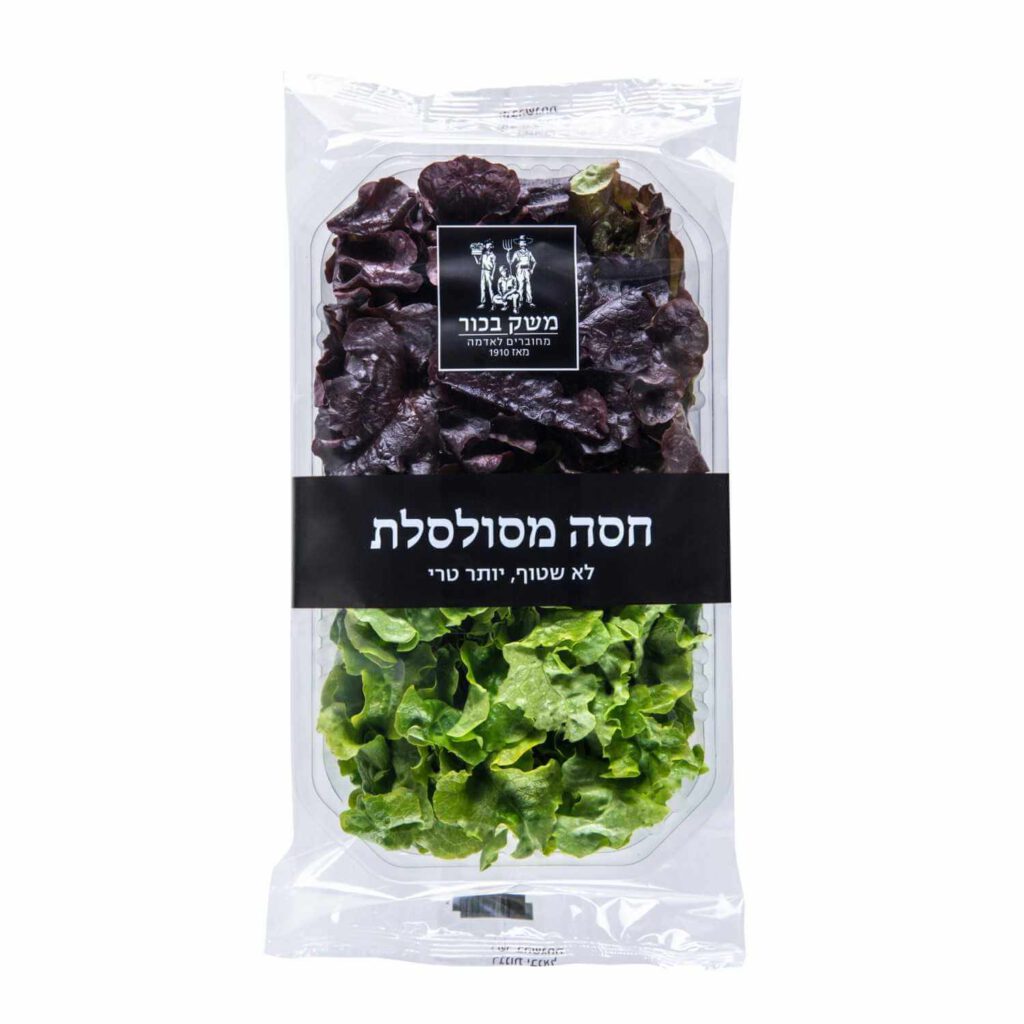The Latin name ‘Rosmarinus’ means “dew of the sea”.Another version of the name Rosemary is related to the story of the Holy Family who fled to Egypt. The legend says that St. Mary carried her son into her lap and fled through from the Herod’s soldiers. In the evening, she washed her dress and hung it on a bush whose flowers were snow-white. In the morning when she wore her dress, the rosemary flowers turned blue, and that’s why the bush got the name Rose-Mary.
The rosemary is one of the oldest incenses and perfume plants. A lot of people believe that when a small branch of rosemary is ignited, the odor that is dissipated cleanses the place of environmental negativity.
The ancient Greeks used to wear rosemary wreaths on their children’s heads, as a virtue and a sharpening of memory.
Another common belief said that if you place a fresh rosemary twig under the pillow all the bad dreams will go away.
A necklace made of rosemary branches is a virtue of youthful preservation.
In Italy, it is considered one of the most important spices for seasoning meat, especially mutton.
French cuisine use rosemary for soups, vegetable stews, meat roasts, fish and tea.
In the cosmetic industry, they use the rosemary to make perfumes, soaps, deodorants, toothpaste and hair lightening preparations.
In folk medicine, the rosemary used to treat low blood pressure, ears, throat, and eye infection, headaches, and removal of head lice.
